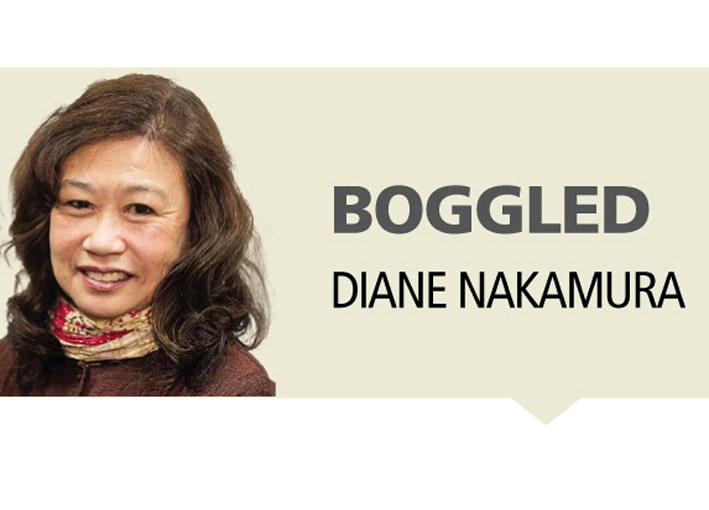A 2013 study revealed that 90 per cent of inmates at the Regional Correctional Centre in Prince George identified having a brain injury.
These inmates spent many years experiencing problems at home, school and in the community. They were labeled by the system with all kinds of diagnosed conditions, stemming from their inappropriate and anti-social behaviours. The worst part was they did not understand why they were the way they were.
Unfortunately, the focus was on the outcome, not the cause. There are a disproportionate number of brain-injured folks who end up in the criminal justice system.
The 2013 study conducted at our local prison was a partnership between the Brain Injured Group (BIG) and the University of Northern B.C. The findings of the research pointed strongly towards a need to develop a specialized program to help brain injured inmates understand and overcome barriers associated with their disability.
Christine Smith is a case manager at BIG and oversees one of their programs called CIBIS (Corrections Integrated Brain Injury Services). CIBIS began as a pilot project in 2015. The eight-week program was developed by BIG to provide brain injury education and coping tools to inmates and Corrections staff.
CIBIS proved to be a huge success. In 2017, BIG was presented with a community service award for this innovative program. As the needs grew, the program expanded to include weekly one-on-one individual support in custody and in the community. And CBIS assisted in case planning for inmates after they were released.
CIBIS has had remarkable results. Dave is one of the success stories. In the spring of 2017, Dave was charged for theft and breach of his probation order. Dave was homeless, active in addiction and endured many years of trauma living on the streets. He was caught up in a vicious cycle of addictions, homelessness and crime.
Dave attended CIBIS, at first with skepticism that it would be a waste of time. He quickly realized how much he was learning applied to him. Dave worked incredibly hard to embrace the content of the program and overcome the barriers that got him into trouble. He also became an advocate for his peers.
During the summer of 2017, CIBIS assisted in planning Dave's release and follow up in the community. He would access BIG, at first once a week, then in time, Dave was at the office every day. BIG was his safe place because staff was well-versed in brain injury affecting the ability to remember appointments, complete paperwork and follow through with tasks. Instead of getting into trouble, BIG maintained patience and consistency with Dave, while helping him maneuver through the maze.
Through BIG's supported employment program, Dave landed his first job in 10 years. Although this was a temporary job, Dave achieved success with it and was proud of himself.
Dave passed away suddenly a year later. In the year he spent out of jail, he had accomplished more during that time than he ever had. Most importantly, this was the longest he had stayed out of jail in his entire adult life.
During my career as a social worker and counsellor, I worked with hundreds of criminalized youth and adults. Many of them were treated poorly by the system that was supposed to help them. Lack of awareness, education and understanding of past trauma and brain injury resulted in a never-ending stream of folks falling between the cracks.
However, I also know of many who went through the school of hard knocks and are now contributing members of society. Somewhere along the line, people believed in them.
Organizations such as BIG in partnership with the corrections system provide windows of opportunity for at-risk, vulnerable folks to turn their lives around.
Where there is support, there is hope.



